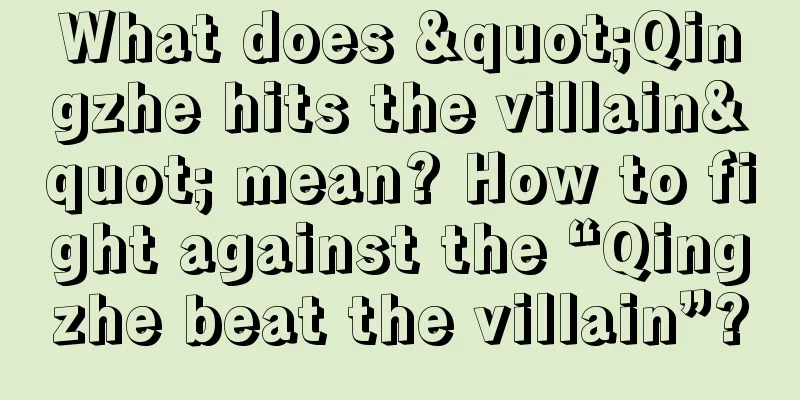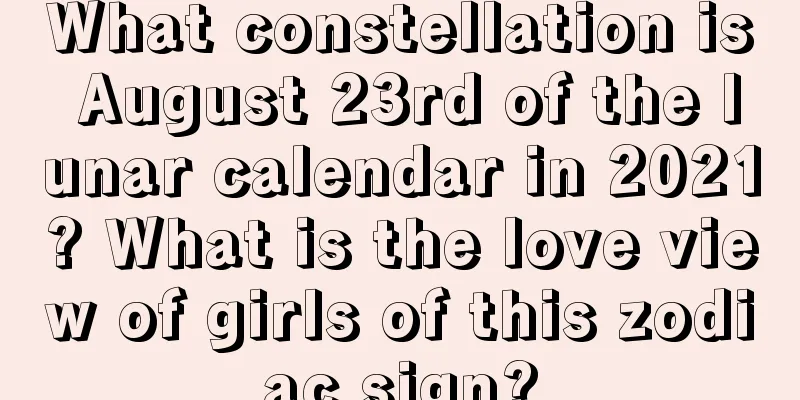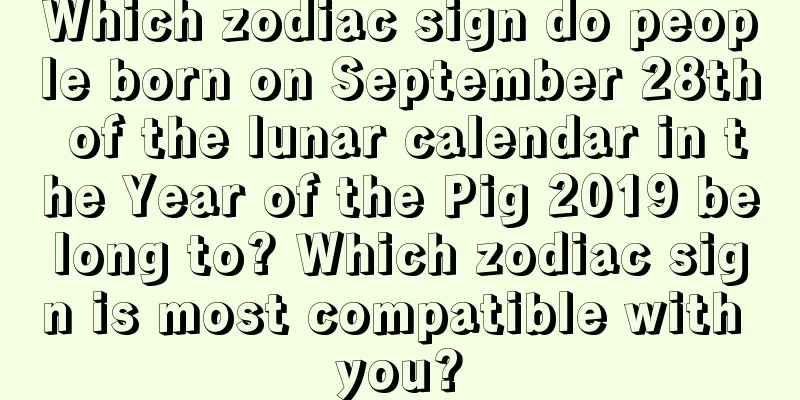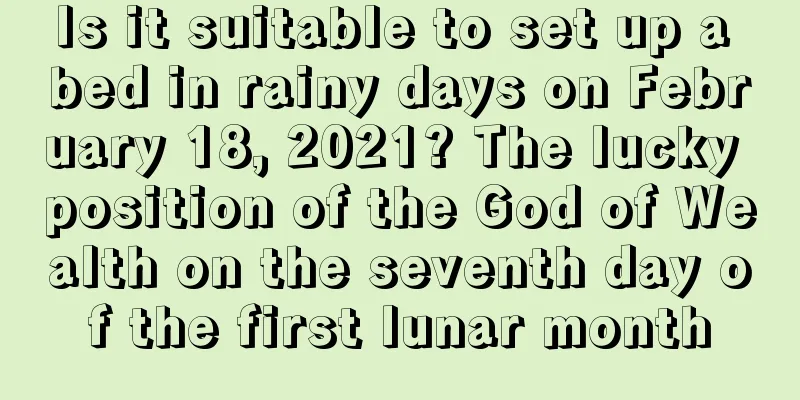What is the effect of the Five Emperors’ Coins for warding off evil spirits? Can spending coins really ward off evil spirits?
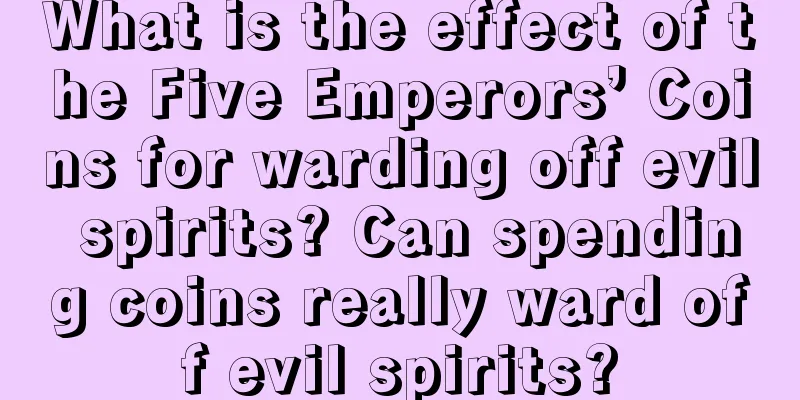
The Five Emperors' Coins have a long history as Feng Shui treasures and are well-known to everyone. So, what is the effect of the Five Emperors' Coins in warding off evil spirits? Can spending coins really ward off evil spirits? When one's fortune is bad, many people will choose to wear certain items, hoping to drive away bad luck and bring themselves good fortune. So what items can ward off evil and bring good luck? Let's take a look at it at Shuimo.com.What are the Five Emperors’ Coins?The Five Emperors' Coins refer to the coins from the reigns of the five most prosperous emperors of the Qing Dynasty: Shunzhi, Kangxi, Yongzheng, Qianlong and Jiaqing. They are usually decorated or made into accessories with Chinese knots.Shunzhi Tong Bao: Shunzhi Tong Bao was a coin minted during the reign of Emperor Shunzhi of the Qing Dynasty (1644-1661). In the first year of the Shunzhi reign, the Baoyuan Bureau and Baoquan Bureau were set up in the Ministry of Works and the Ministry of Revenue in Beijing to mint coins. Later, as the country was unified, mints were opened in various places, and "Shunzhi Tongbao" was written in regular script on the coins. The Shunzhi Tongbao coin is composed of 70% red copper and 30% white copper. One thousand copper coins is called a string. Shunzhi Tongbao was initially priced at one qian per coin, and later changed to one qian and two fen, one qian and four fen, and one qian and two and a half fen. The coin type of Shunzhi Tongbao was not unified and can be divided into five types according to the text on the back, namely the "Shunzhi Five Styles". Kangxi Tong Bao: Kangxi Tong Bao, a coin of the Qing Dynasty. It was cast during the reign of Emperor Kangxi of the Qing Dynasty (1662-1722). The diameter of the coin is 2.5-2.7 cm and the weight is 3.8-5.5 grams. Kangxi Tongbao coins can be divided into two categories according to the text on the back: one is the Manchu coins imitating the "Shunzhi Four Styles". The Manchu characters "Baoquan" and "Baoyuan" on the back of the coins are read from left to right, indicating that they were made by the Ministry of Households and the Ministry of Works. Another type is the imitation of the "Shunzhi Five Styles" Manchu and Chinese coins. Yongzheng Tong Bao: Yongzheng Tong Bao Yongzheng Tong Bao is a coin of the Qing Dynasty, cast in brass with fine workmanship. Yongzheng Tong Bao is now part of the Five Emperors' Coins. It belongs to the earth element in the Five Elements and has the effect of warding off evil spirits. It was first minted in the first year of Yongzheng's reign (1723) and is the third generation of Qing coins after Shunzhi and Kangxi. The inscription on the coin of Yongzheng Tongbao is of epoch-making significance, as it laid the foundation for the coin inscription style of the Qing Dynasty for more than 180 years thereafter. It is a type of coin with the smallest number and the simplest version among the coins of the Qing Dynasty. However, due to its standardization, precision, large diameter, exquisite workmanship, and regular and uniform text, it is deeply loved by collectors. Qianlong Tong Bao: This coin was minted during the reign of Emperor Qianlong of the Qing Dynasty (1736-1795). The Manchu text on the back is quite complex, with very detailed prices and coin rubbings. The diameter of the Qianlong Tongbao coin is about 25 mm and weighs about 3g. Most of them are small flat coins. Some of the Xinjiang red coins are worth ten coins. Large coins have been found in Baoquan and Baogong, but they should be coins minted at the beginning of the furnace or later, not coins for circulation. Jiaqing Tong Bao: Jiaqing Tong Bao was minted during the reign of Emperor Jiaqing of the Qing Dynasty (1796-1820). The diameter of the coin is 2.2-2.6 cm and weighs 2-4 grams. The words "Jiaqing Tong Bao" on the face of the coin are written in regular script and read vertically from top to bottom and from right to left. On the back of the coin, there is the Manchu word "Bao" on the left and the name of the minting bureau on the right, such as Quan, Yuan, Su, He, Guang, etc. What are the effects of the Five Emperors’ Coins for warding off evil spirits?The Five Emperors' Coins are engraved with the reign titles of the emperors during the heyday of the Qing Dynasty, and have an imperial aura. The Five Emperors reigned from 1644 to 1824, a total of 180 years, which happens to be a cycle in terms of Feng Shui.The copper coin is round on the outside and square on the inside, representing heaven and earth, and the title "emperor" in the middle represents man. It combines the three elements of "heaven, earth, and man", and therefore has the auspicious effect of warding off evil spirits, attracting wealth and fortune, and resolving villains. Can spending money really ward off evil?Can.Reason 1: The material itself absorbs energy and wards off evil spirits. Reason 2: The patterns above can scare away evil spirits, and some patterns can resolve bad luck. The various patterns have different functions, so they are not described one by one. Reason 3: The money spent after being blessed by religious people in regular religious places is a consecrated object, and evil spirits are afraid of it! |
Recommend
How many days of holiday will we have during Qingming Festival in 2018? What are the customs of Qingming Festival?
Introduction: Qingming Festival is at the turn of ...
What constellation is December 13th of the lunar calendar in the Gengzi year of 2020?
What constellation is December 13th of the lunar c...
Which days are suitable for moving during the 2020 Spring Festival? Is it not advisable to move in the first month of the year?
Introduction: You need to choose an auspicious day...
What flowers should I give to my girlfriend during the Mid-Autumn Festival in 2019?
During every festival, couples will give each othe...
What should not be done on the Dragon Boat Festival on the fifth day of the fifth lunar month in 2019? Why do we eat rice dumplings on the Dragon Boat Festival?
Introduction: The Dragon Boat Festival is an ancie...
2020 December 23rd day after the beginning of spring, is it good to raise the beams? What does the beginning of spring bite?
Introduction: It is generally necessary to choose ...
Is December 12 of the twelfth lunar month in 2021 a good day? Can I start work?
The twelfth month of the lunar calendar is the las...
Where is the position of the God of Wealth on the fifth day of September 2019? How to choose the wealth position to welcome the God of Wealth?
Where is the position of the God of Wealth on the...
What is the evil-repelling jade used for? Which jades are used for blessing and warding off evil spirits?
Blessing and warding off evil are not only needed ...
Is it suitable to burn incense and pray on the Cold Clothes Festival on the first day of the tenth lunar month in 2018? Is it good to pray on the Cold Clothes Festival?
Introduction: Praying for blessings is an importan...
Is the 23rd day of the twelfth lunar month in 2020 a minor year? What will happen on February 4, 2021?
Introduction: Xiaonian is one of the traditional f...
The fate of girls born on July 29, 2020
The seventh month of the lunar calendar is also a ...
What is the zodiac sign of a child born on the seventh day of the sixth lunar month in 2021? Cancer?
The sixth lunar month is one of the months in the ...
2017 Leap June 3rd Hour Auspicious and Unlucky Query, Hour Auspicious and Unlucky Query
Every day has its good and bad days, auspicious a...
When is the Lesser Heat in 2022? What time exactly?
With the arrival of each solar term, the weather w...

